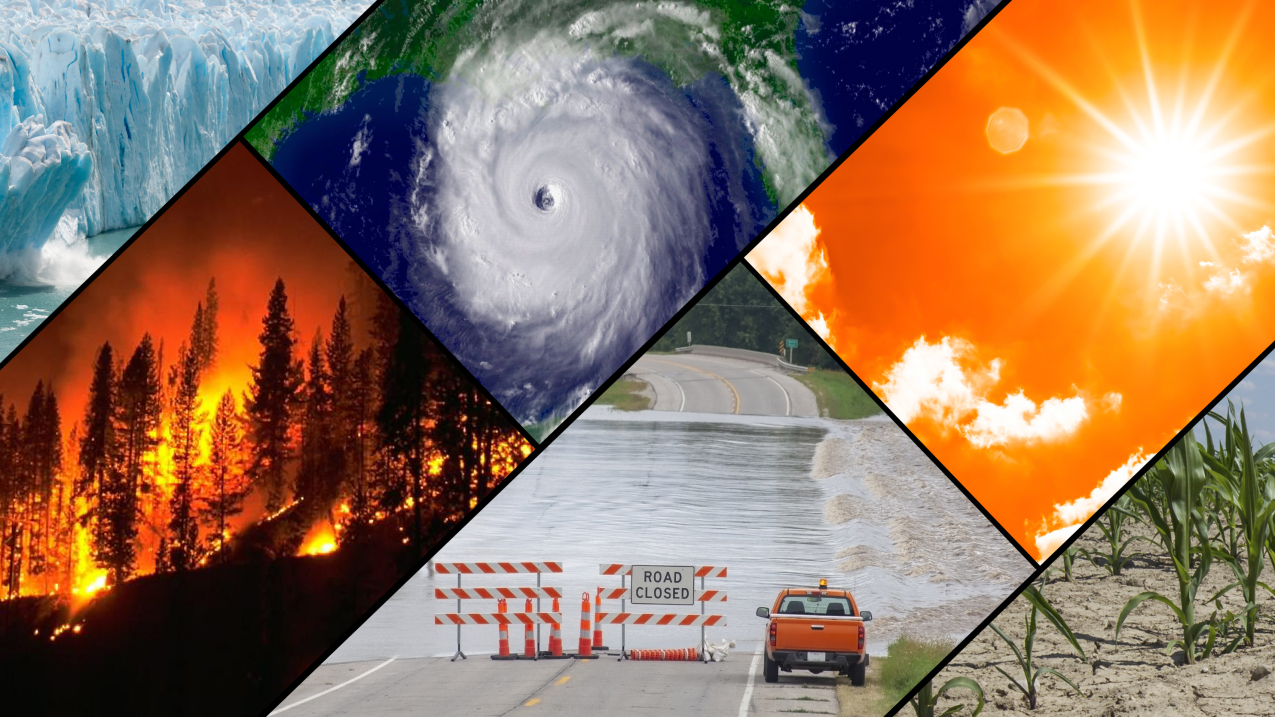In Short : “That’s four times the entire aviation industry of the entire planet. What’s more is the resources — water usage, land usage and other inputs necessary to produce that food — becomes squandered.”
In Detail : Food loss and waste releases methane, a gas 80 times more potent to the atmosphere than carbon dioxide
In the drive to reduce greenhouse gas emissions, most people focus on the biggest source of them — the burning of fossil fuels, which is responsible for 75 per cent of global emissions.
But there’s one source of significant emissions that many believe needs to be addressed, one that largely goes unnoticed, yet we see it every day — food waste.
Food releases large amounts of methane, a greenhouse gas that is 80 times more potent in terms of warming than carbon dioxide as it breaks down over 20 years. It traps more heat in the atmosphere per molecule than carbon dioxide, according to the UN Environment Program.
And the more food that is wasted, the more methane it produces.
Food waste comes from many sources, including agriculture, the retail sector and households.
Emissions from global food loss and waste is so large, that if its emissions were represented as a country, it would fall in third place behind China and the United States, according to the UN Environment program.
“A third of all food produced for human consumption becomes lost from waste, and it contributes eight to 10 per cent of climate-impacting greenhouse gases,” said Doug O’Brien, vice-president of programs at the Global FoodBanking Network, a non-profit organization that looks to community-driven solutions to fight hunger.
“That’s four times the entire aviation industry of the entire planet. What’s more is the resources — water usage, land usage and other inputs necessary to produce that food — becomes squandered.”
And food sustainability has been discussed this week at COP28 in Dubai, with more than 130 countries signing the Emirates COP28 Leaders Declaration on Sustainable Agriculture, Resilient Food Systems, and Climate Action with a goal of reducing food loss and waste and greenhouse gas emissions in the food chain.
The World Food Program found that roughly 1.17 billion tonnes of food is wasted around the world each year.
This, at a time when roughly 735 million people coped with hunger in 2022.
‘The whole system is broken’
In Canada, in a report called “The Avoidable Crisis of Food Waste” in 2019, food rescue charity organization Second Harvest found that more than half of all the food in Canada — roughly 58 per cent — is wasted in Canada each year.
(To be clear, food loss comes from production, handling and storage, and processing and manufacturing. Food waste is considered to come from distribution, retail and households.)
The United Nations estimates that, globally, in 2019, 931 million tonnes of food waste was generated, with 61 per cent coming from households, 26 per cent from the food service sector and 13 per cent from retail.
However, Lori Nikkel, CEO of Second Harvest, disputes that household number.
“Food is wasted right across the supply chain. And in the past, people used to think it’s all about household [waste], which is true: there’s some household waste, but it’s a systems issue,” she said.
“The whole system is broken. But when you look at where most of it is happening, it’s further up the supply chain.”
Second Harvest’s analysis that partnered with Value Chain Management International, a consulting business with expertise in food waste, found that 58 per cent of the food loss in Canada came from production and processing. Household waste only accounted for five per cent and retail just over one per cent.
The lack of hard data is what prompted the organization to undertake its report in the first place.
“Nobody measures [food waste]. The end,” Nikkel said. “It’s outrageous.”
She also noted that Second Harvest has been asking the federal government to mandate measurement and aim to halve food loss and waste by 2030. But, she said, “How do you halve something that you don’t even measure?”
Kate Parizeau, an associate professor at the University of Guelph’s department of geography, environment and geomatics, agreed.
“A big part of the problem is that we don’t have a lot of data and there isn’t much mandated reporting. So I think as a social scientist, it’s very hard for us to understand this issue as a policy … problem because if you don’t have the numbers, then how can you take action on it, right?”
She also added that there are challenges in the way we frame food waste.
“We’re having a hard time even framing the way we talk about food waste as an environmental problem,” she said. “Is it a moral issue, a social problem?”

